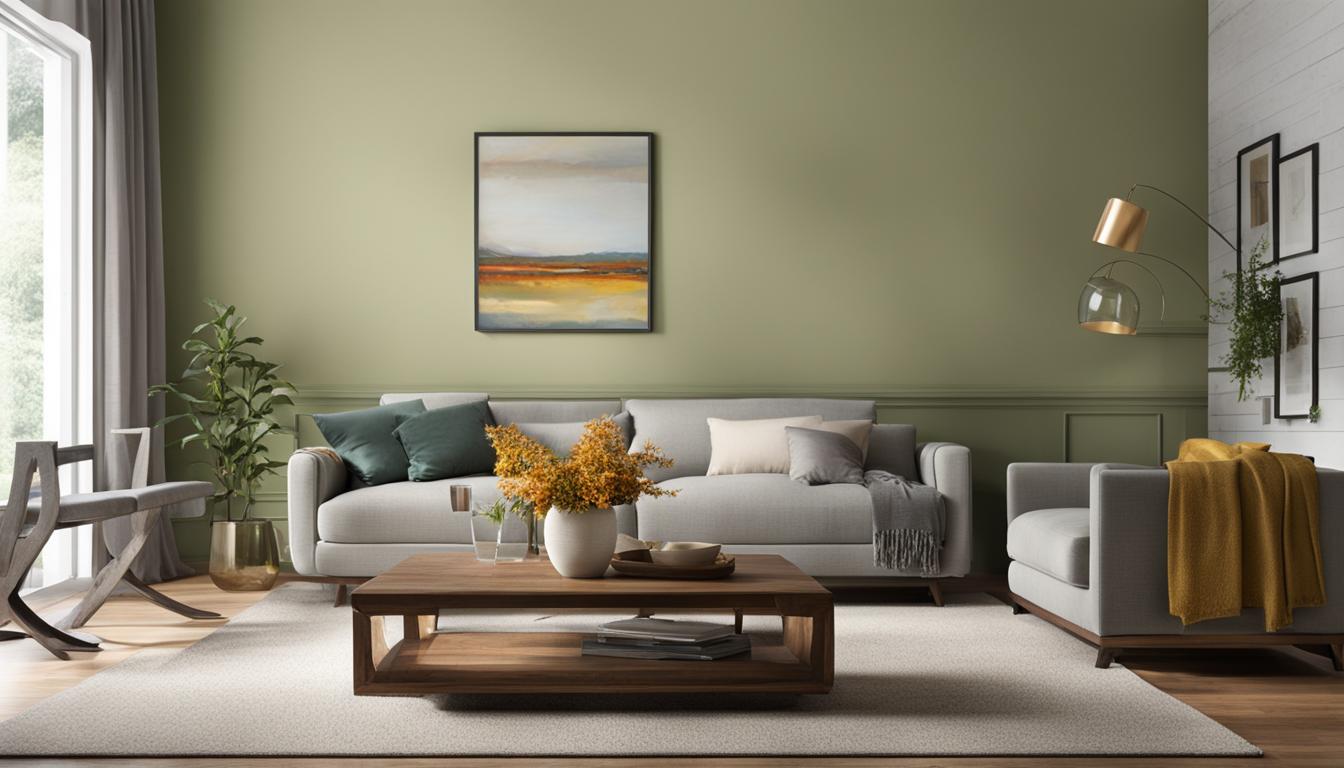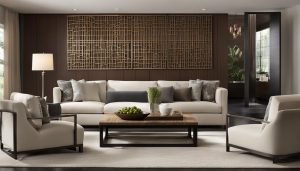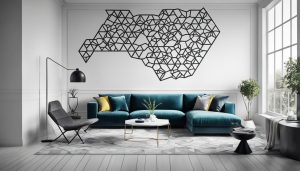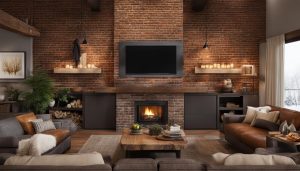If you have stucco interior walls and you’re looking to update their look, smooth finishes might just be the answer. In this guide, we’ll provide you with expert tips and techniques for achieving those picture-perfect, satin-smooth surfaces on your interior walls. We’ll cover everything from the preparation steps to applying the stucco mixture. So whether you’re a novice or experienced DIY enthusiast, we’ve got you covered. Let’s get started!
First, let’s take a look at why stucco interior walls are so popular. Stucco is a durable and visually appealing material that is often used in Spanish-style architecture. It’s also popular in areas with high humidity levels because it doesn’t retain moisture as much as other materials. So if you want to create an elegant and functional interior space, a stucco finish might be just what you need. In the next sections, we’ll explore the different design options and techniques that can help you achieve the perfect smooth finish on your interior walls.
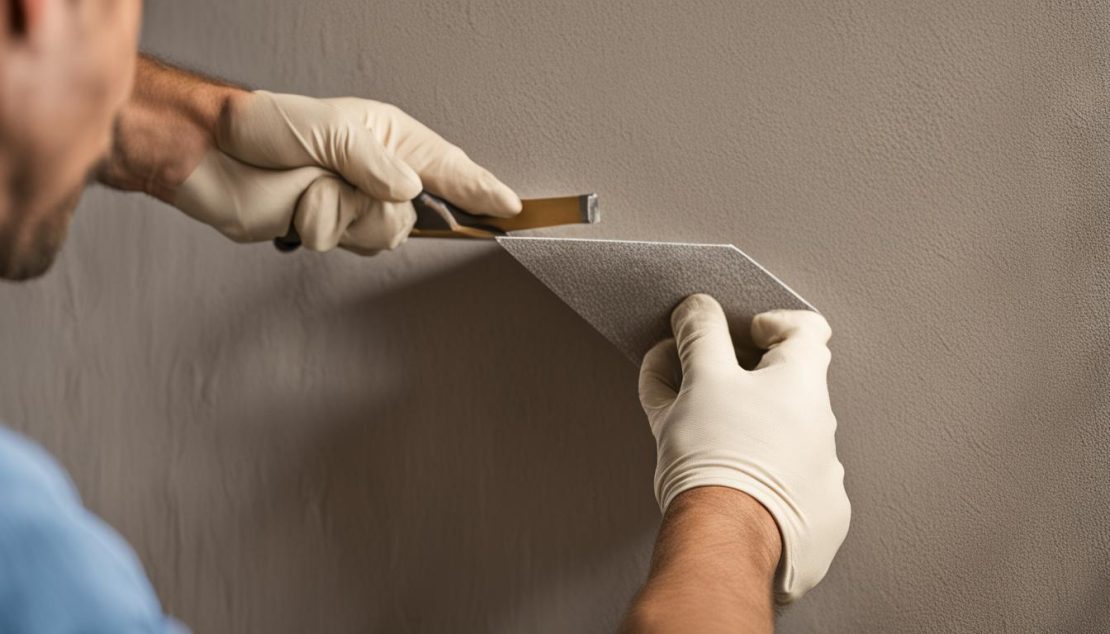
A close-up shot of a hand holding a fine-grit sandpaper, gently smoothing over a rough stucco texture on an interior wall. In the background, a ladder and other tools commonly used for stucco smoothing can be seen. The overall tone of the image should convey a sense of precision and expertise in achieving a flawlessly smooth finish on stuccoed walls.
Wall Design Ideas and Wall Texture Ideas for Interior Walls
When it comes to adding character to your interior walls, there are countless design and texture options to consider. One great way to create a unique look is by incorporating wall paneling. Wood, tile, and fabric panels are all popular options for different areas of the home. Experiment with different colors and finishes to create the perfect backdrop for your decor.
If you’re feeling creative, consider using stencils to add some personality to your walls. From polka dots to stripes, there are a variety of patterns to choose from. Alternatively, you can create a focal point by incorporating wall art ideas. Hanging a bold painting or series of prints can draw the eye and make a dramatic impact.
Another popular way to add texture and interest to interior walls is by using wallpaper. Whether you opt for a subtle pattern or a bold print, wallpaper can help to set the tone for your space and create the desired ambiance. Additionally, wallpaper is a great option for non-smooth wall surfaces.
If you’re unsure where to begin, start by gathering inspiration from interior design blogs, magazines, and social media accounts. By exploring different wall design and texture ideas, you can find the perfect fit for your personal style and unique space.
Choosing the Right Interior Wall Paint and Color Schemes
When it comes to decorating your interior walls, selecting the right paint and color schemes is essential. Not only does it impact the overall look and feel of the room, but it can also influence the mood and ambiance. Before you start painting, consider the following:
- Color psychology: Different colors can evoke different emotions and moods. For example, blues and greens can create a calming atmosphere, while yellows and oranges can create a cheerful and energetic feel.
- Lighting: The amount and type of lighting in a room can impact the way colors appear. Be sure to test paint samples in your specific lighting before making a final decision.
- Existing decor: Take into account the other colors and styles already present in the room and choose a paint color scheme that complements them.
There are many interior wall paint options available, from matte to glossy finishes and water-based to oil-based paints. Consider the durability, ease of application, and cleanability of each type when making your selection.
Once you have selected your paint type and have a general understanding of color psychology, it’s time to choose your color scheme. Monochromatic color schemes can create a soothing and sophisticated look, while complementary and triadic combinations can add visual interest and energy to a space. Don’t be afraid to play with color and pattern using accent walls or geometric shapes.
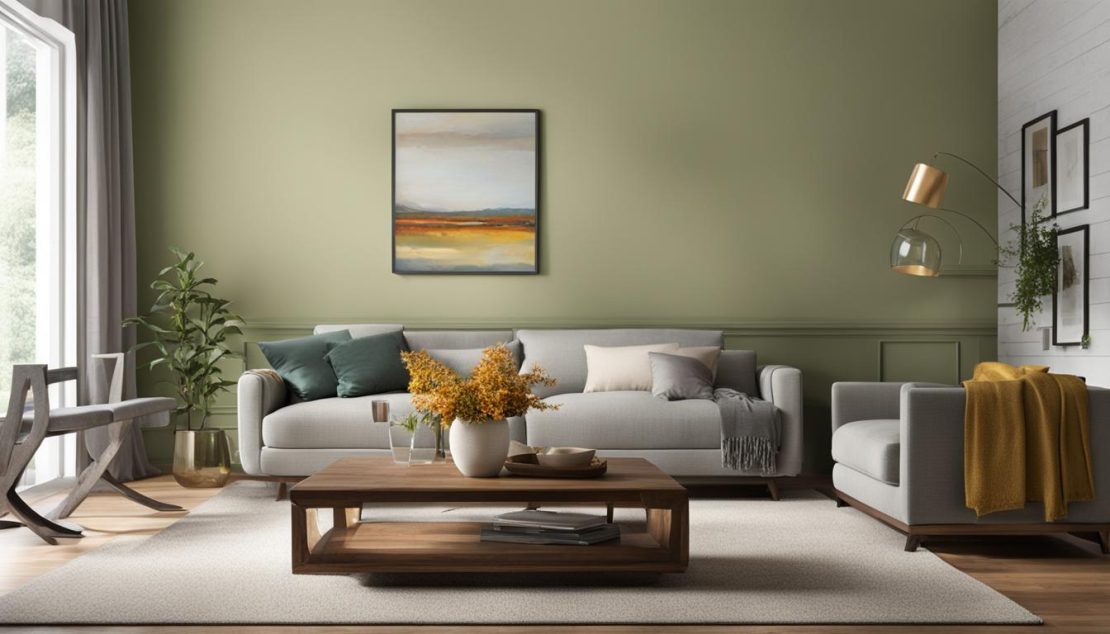
Create an image that showcases the various interior wall paint colors available for selection. Consider incorporating different shades and hues to highlight the range of options. The image should convey a sense of warmth and coziness, while also emphasizing the importance of choosing the right color scheme to create an inviting living space.
Interior Wall Paint Table:
| Paint Type | Durability | Ease of Application | Cleanability |
|---|---|---|---|
| Matte | Low | Easy | Low |
| Glossy | High | Difficult | High |
| Satin | Medium | Moderate | Medium |
| Eggshell | Medium | Moderate | Medium |
Exploring Different Wall Paneling and Wallpaper Options
If you’re looking to add depth and texture to your interior walls, wall paneling and wallpaper are great options. There are various wall paneling choices, including wood, tile, and fabric panels. Wood paneling adds warmth and texture to a space, while tile paneling is perfect for areas prone to moisture, such as bathrooms and kitchens. Fabric panels work well in soundproofing rooms and adding a touch of elegance.
When choosing the right paneling material, consider the area it will be installed in and the current interior design style. For example, natural wood paneling works well in rustic or traditional settings, while decorative tile paneling is suited for Mediterranean or colonial-style interiors. Whatever your preference, the right wall paneling can instantly add character and depth to any room.
Wallpaper is another option that can completely transform the look and feel of interior walls. From solid colors to intricate patterns and designs, the possibilities are endless. Some popular wallpaper styles include floral prints, geometric patterns, and textured finishes. With the right wallpaper, you can add personality and style to your interior walls.
When selecting the right wallpaper, consider factors such as the size of the room, existing color scheme, and the desired effect. For example, bold patterns work well in small rooms to create the illusion of space, while textured finishes can add warmth and depth to a larger room. With so many options available, choose the wallpaper that best suits your style and complements your interior design.
Expert Tips for Achieving Smooth Stucco Interior Walls
If you’re looking to achieve smooth stucco interior walls, following these expert tips will help you do so with ease.
Clean and Repair: Before you begin, make sure to thoroughly clean and repair any cracks or damages on the walls. This will ensure a smooth base for the stucco mixture to adhere to.
Priming: Apply a coat of primer to the walls before applying the stucco mixture, as this will provide a better surface for the mixture to bond to.
Consistency: The stucco mixture should have a smooth, creamy consistency, similar to cake batter. Too thin or too thick a mixture will not provide the desired results.
Application: Apply the stucco mixture in thin, even coats using a trowel. Avoid applying too much pressure, as this can cause the mixture to splatter or slide off the wall.
Drying Time: Allow each coat to dry completely before applying the next. Generally, it takes 24-48 hours for the stucco to dry completely.
Sanding: Sand the walls lightly with fine-grit sandpaper to smooth out any imperfections or unevenness in the stucco finish.
By following these expert tips, you can achieve smooth stucco interior walls that will give your home a professional and polished look.

